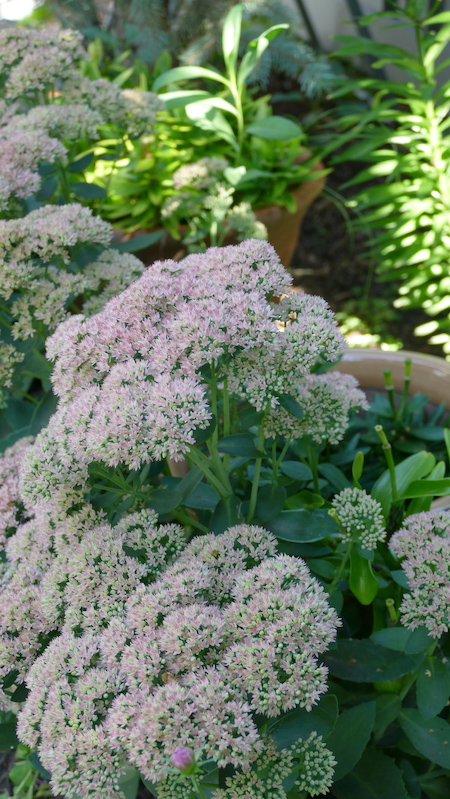Planting Perennials in Fall

Fall is a great time to plant spring-blooming bulbs, tress, shrubs and, yes, perennials. While many people choose spring for planting perennials, there are some real advantages to fall planting, especially if you do it in September.
Here are five reasons to be planting perennials in fall:
Softer Weather. May weather is all over the place in Minnesota. Snow one day, 90s the next and all that jumping around can be tough on newly planted perennials. In fall, the temperatures are less likely to make 30 degree swings in the course of a day or two. So, with regular watering, you plant isn’t overly stressed as it settles into its new home in the garden.
Design Clarity. September is the perfect time to look around the garden and see where the holes, the bad-looking spots and the poorly performing plants are. Those are the places that need something new or need something moved. Example: I have a very pretty peony that is tucked into a corner in my backyard, near a ninebark on a standard and another peony. The placing is too tight (my bad!) and the peony inevitably gets powdery mildew after it blooms. I’ve got a nice airy spot in the front yard, where it’s going to be transplanted this month.
Divide and Conquer! Fall is also the best time to divide perennials that might be overgrown, especially those that bloom in the spring. Irises, allium, salvia, daisies and many more can be divided in fall.
Share the divisions or plant them in your own garden. The University of Minnesota Extension has a helpful information sheet on when to divide different perennials.

Less Work. Not that planting perennials is any less work now than in the spring, but generally gardeners are less rushed in fall. I’ve been following the not-so-much cleanup routine for several years and find that not only is it good for wildlife and insects, it’s beneficial to the gardener’s back.
Smaller Watering Window. New perennials (and trees and shrubs) need to be watered regularly as their roots get established. With fall planting, that watering window may be only a few weeks. The winter arrives, the plants freeze in place, and come spring they are ready to go.
Disadvantages to Fall Planting
Now, it’s not all roses planting perennials in fall. Selections at nurseries will be much less than in the spring (so may be the prices) and some of those plants have been sitting in their black, plastic pots for months. Definitely plan on some root pruning!

Another disadvantage is you could be caught by a cold, dry winter. If we have very cold temperatures and little snow, your newly planted perennials may suffer. That’s why it is important to do the watering and add some mulch to protect the roots.
How late can you plant? The general advice is up to one month before the first hard frost. That’s definitely safe and a good policy to follow, but I have stretched it in the past. After building a new home many years ago, my husband and I installed our full landscape — trees, shrubs and perennials — in the first week of November! It all came through winter just fine, except perhaps one rudbeckia.
What will you be planting this fall?
-Mary Lahr Schier, editor
For gardening tips and to receive Northern Gardener magazine in your mailbox, join the hort!

Can get some real good deals at nurseries as they try to sell off their stock before winter